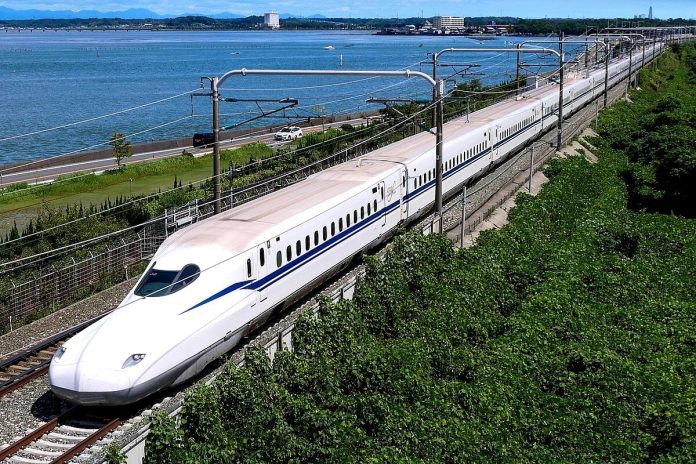High-speed trains are in focus in India’s strategy to accelerate economic opportunities for both the people and the industry, as affirmed by Ashwini Vaishnaw, the Minister for Railways.
The government’s plan involves connecting major transportation hubs with high-speed and high-frequency rail services.
The Union minister emphasised the government’s vision for the railways, which involves modernising the transportation system to provide world-class comfort and services, while speaking at the opening session of the Hindustan Times Leadership Summit.
When considering a high-speed network, it is important to view it not just as a rail network or infrastructure project, but as a catalyst for economic growth.
“This can be seen in Japan’s example, where the connection between Tokyo and Osaka, along with the inclusion of Nagoya, Kobe, and Kyoto, has formed a significant economic hub. The integration of these cities through a high-speed rail network has greatly contributed to the overall economy.”, he said.
“These five economies become one logical economic unit — they are not just one plus one plus; they benefit from a multiplier effect,” the minister said, as it aligns with the government’s vision for the high-speed corridor connecting Mumbai and Ahmedabad.
The minister emphasised the importance of local manufacturing as the starting point for modernising railways.
He stated that the key element in this approach is to have trains designed and manufactured in India, both for domestic use and for future export.
“Vande Bharat is a great example. It is fully designed in India and it is a notch better than many other trains globally on multiple parameters,” he said.
In addition to improving passenger comfort, the railways in India have initiated a project to renovate stations and refurbish old coaches.
India’s focus on local manufacturing aligns with the refurbishment and production of new train coaches within the country.
“We have a large stock of old-generation coaches, almost 40,000. We are creating a new concept, in which old coaches can be refurbished to a level that is very good, very comfortable, very convenient. And they can then be run at a significantly higher speed,” he said.
India is currently working on having a high-speed rail network connecting major cities, including Mumbai, Ahmedabad, New Delhi, Chennai, and Kolkata.
At present, the execution of the Mumbai-Ahmedabad bullet train corridor is being undertaken by the National High-Speed Rail Corporation Limited.
It will cover 155.76 km in Maharashtra, 4.3 km in the Union Territory of Dadra and Nagar Haveli and 348.04 km in Gujarat, covering 12 stations.


